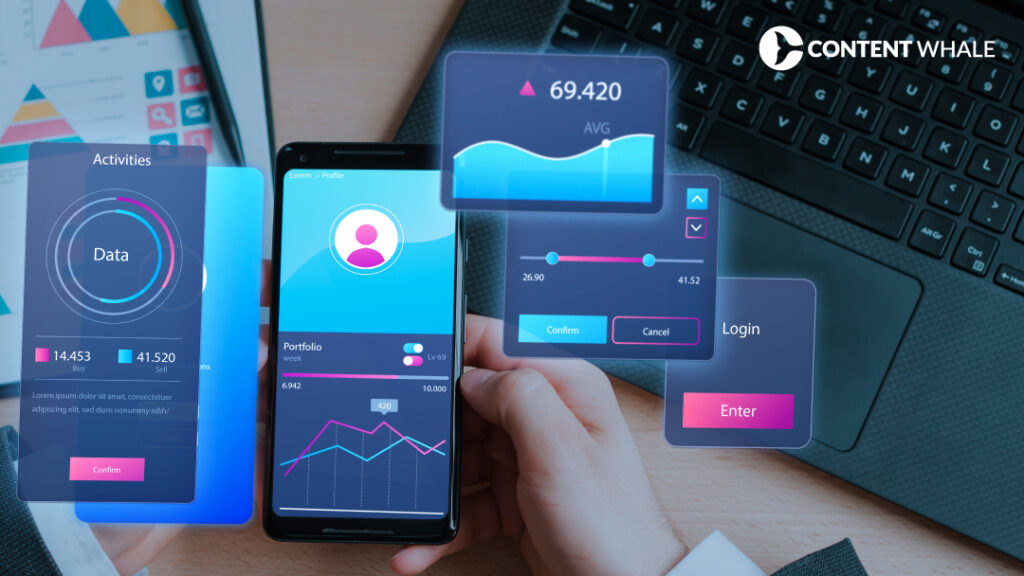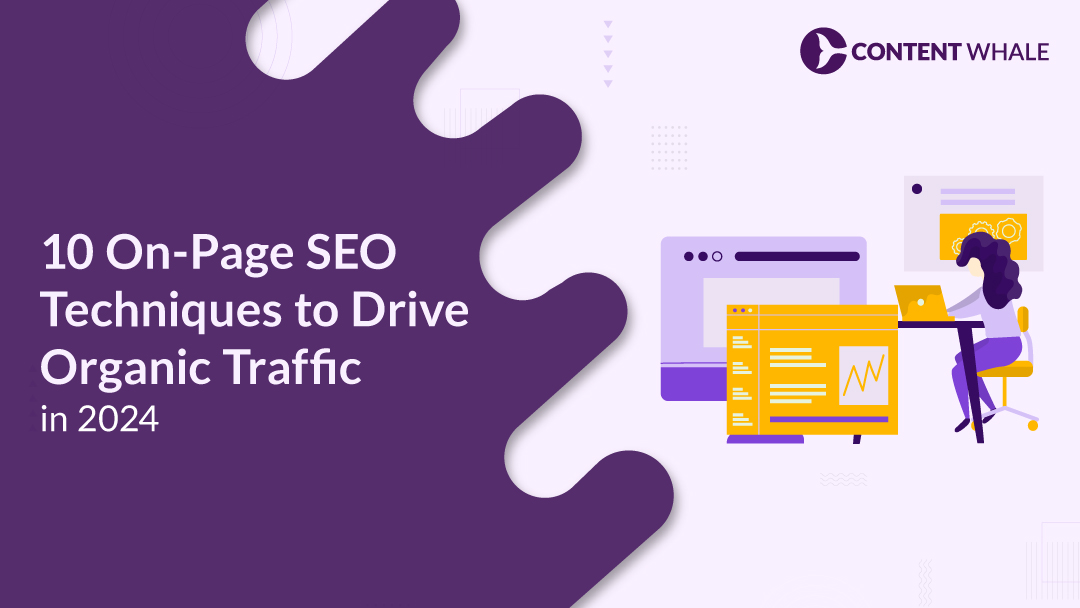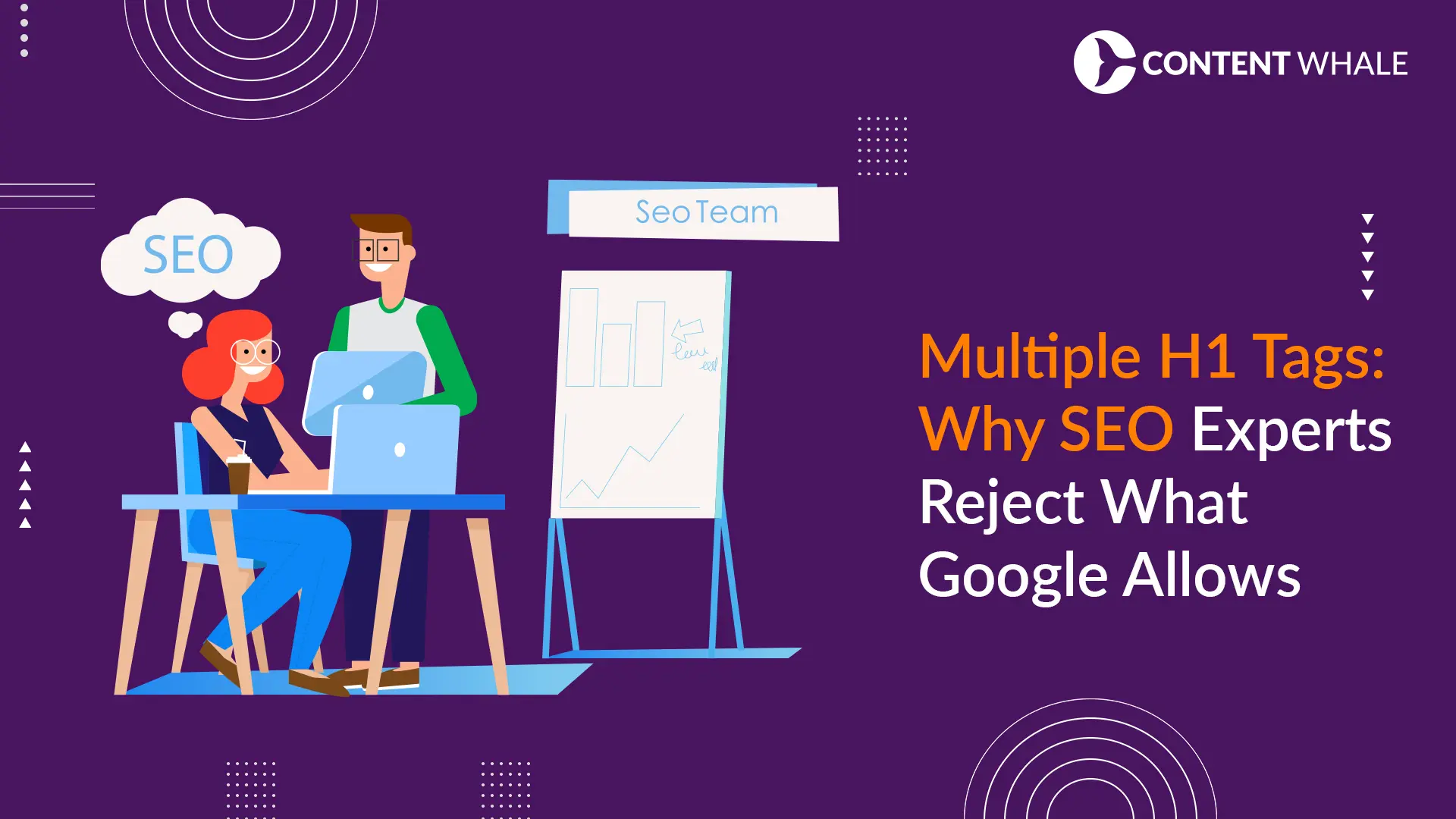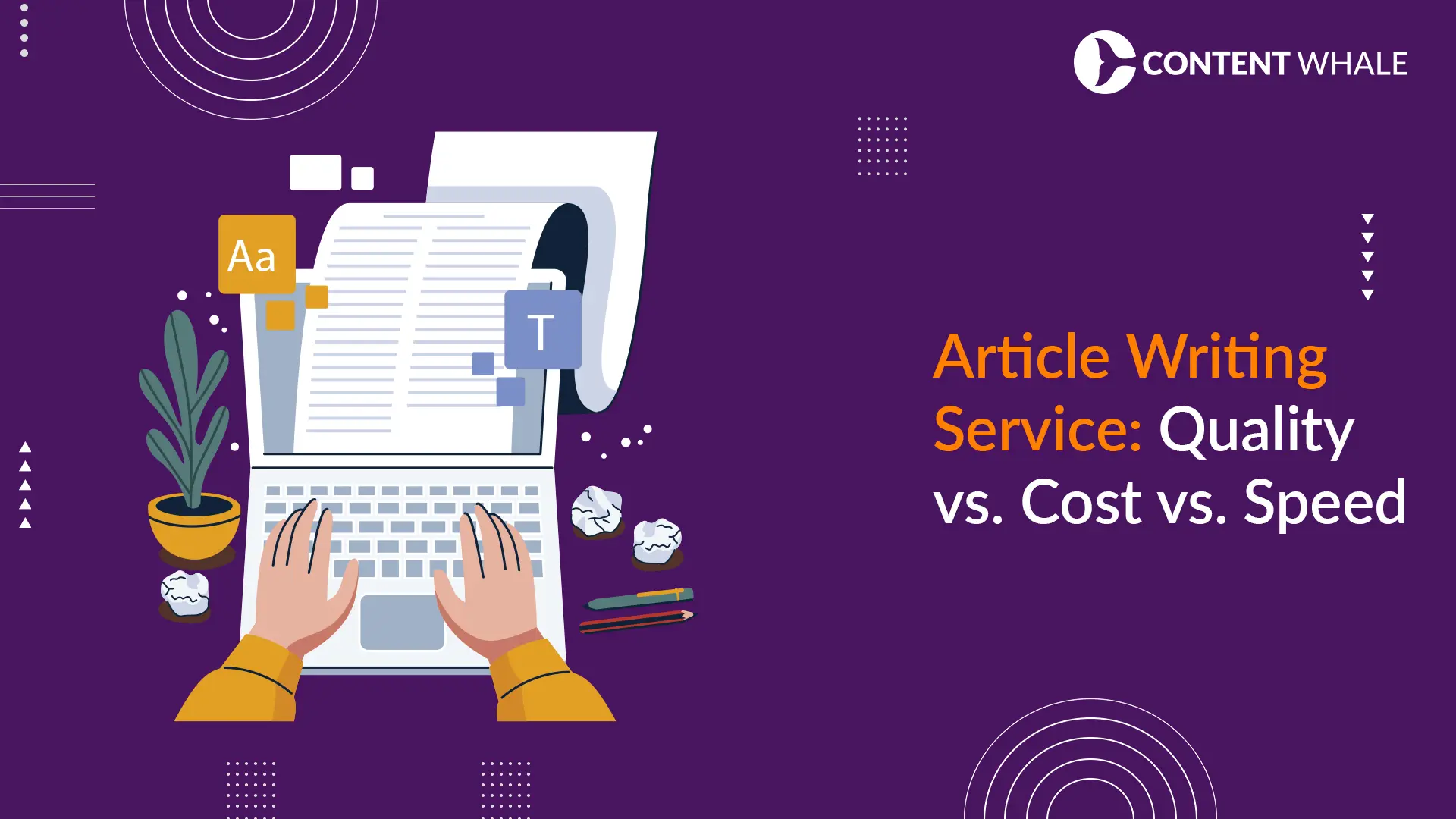Today, mastering on-page SEO techniques is essential for driving organic traffic. On-page SEO refers to optimizing individual web pages to enhance their search engine rankings and draw more relevant visitors.
As search engines evolve, so too do the best practices for on-page SEO. In 2024, leveraging these techniques effectively will ensure your website stays competitive in search rankings and drives more organic traffic.
This comprehensive guide outlines the most effective on-page SEO strategies you need to implement to see a tangible increase in organic traffic.
1. Optimize Your Meta Tags for Higher Rankings
Meta tags are critical for on-page SEO because they provide search engines with information about your content. These tags—especially the meta title and meta description—serve as a user’s first impression when they see your page in search results.
- Meta Title: Ensure your primary keyword, such as “on-page SEO techniques,” is used in your meta title, ideally within the first 60 characters. The title should be concise, engaging, and relevant.
- Meta Description: Although meta descriptions don’t directly affect rankings, they significantly impact click-through rates (CTR), which indirectly influences SEO. Make sure to include secondary keywords like “organic traffic” or “SEO optimization” in your description and keep it under 155 characters.
Optimizing these meta tags ensures search engines can easily index your page and encourages users to click through from search results.
2. Improve Page Speed for Better User Experience
Page speed is a critical ranking factor, and a faster website provides a better user experience, resulting in lower bounce rates and higher engagement.
- Use Google PageSpeed Insights to evaluate your site’s loading time and discover areas for improvement.
- Image and Video Optimization: Compress images and videos without sacrificing quality. Tools like TinyPNG or ShortPixel can help reduce image sizes, speeding up load times.
- Minimize HTTP Requests and Enable Browser Caching: Fewer HTTP requests and cached resources result in faster page loads.
A faster website enhances the user experience and improves SEO rankings, as Google rewards sites that offer smooth and quick navigation.
3. Focus on Mobile Optimization

With mobile-first indexing in place, Google prioritizes the mobile version of websites when determining rankings. Ensuring that your site is optimized for mobile devices is no longer optional—it’s essential.
- Responsive Design: Your website should automatically adjust to different screen sizes and devices. A responsive design improves both user experience and search engine rankings.
- Optimize for Mobile Speed: Mobile users often encounter slower internet connections, making it vital to optimize your site for fast load times on mobile devices. Accelerated Mobile Pages (AMP) can help speed up load times on mobile.
By ensuring your website is mobile-friendly, you not only improve user satisfaction but also boost your visibility on search engines.
4. Structure Your Content with Header Tags
Header tags (H1, H2, H3, etc.) help both users and search engines understand the structure of your content. Properly organizing content with header tags improves readability and enhances SEO.
- H1 Tags: Use a single H1 tag on each page, containing your primary keyword, to define the main topic of your content.
- H2 and H3 Tags: Use these to break your content into sections, incorporating secondary and LSI keywords naturally.
Well-structured content is easier for users to digest and for search engines to crawl and rank.
5. Leverage Internal Linking to Guide Search Engines
Internal linking helps search engines crawl your site and understand its structure, while also keeping users engaged by guiding them to related content.
- Descriptive Anchor Text: Use descriptive anchor text with relevant keywords to help search engines understand the context of the linked page.
- Link to High-Authority Pages: Linking to authoritative pages within your site boosts their rankings and passes link equity to those pages.
Internal links are essential for SEO as they distribute page authority and help users find more valuable content.
6. Enhance User Experience (UX) for Increased Dwell Time

A positive user experience is essential for SEO. Dwell time (the amount of time users spend on a page after clicking on it from search results) is an important ranking factor. A high dwell time signals to search engines that your content is valuable and engaging.
- Improve Readability: Break content into shorter paragraphs, use bullet points, and incorporate white space to make it easier to read.
- Use Visuals: Include relevant images, infographics, and videos to engage users and keep them on your page longer.
By enhancing the user experience, you can increase dwell time, reduce bounce rates, and improve SEO performance.
7. Implement Schema Markup for Rich Snippets
Schema markup is a type of structured data that helps search engines understand the content of your web pages. It enables your content to appear in rich snippets in search results, which often results in higher click-through rates.
- Add Schema for Reviews, Events, and Products: Implementing schema for reviews, products, or events enhances your visibility in search engine results by providing additional information.
- Increased CTR with Rich Snippets: Rich snippets with star ratings, prices, or other data can improve your CTR and drive more organic traffic.
Using schema markup can give you a competitive edge by making your website more appealing in search engine results.
8. Optimize Images with Alt Text and Compression
Images are a powerful tool for engaging users and breaking up text, but they need to be optimized for search engines.
- Alt Text: Always include keyword-rich alt text to describe the content of your images. This helps search engines understand what the image is about, improving your SEO performance.
- Image Compression: Large image files can slow down your website, affecting both user experience and SEO rankings. Use tools like TinyPNG to compress images without losing quality.
By optimizing images, you enhance both your site’s performance and accessibility, which can lead to higher rankings.
9. Create SEO-Friendly URLs

URLs are an often-overlooked aspect of on-page SEO. Optimizing URLs for both users and search engines can improve your rankings and click-through rates.
- Keep URLs Short and Descriptive: URLs should be concise and include your primary keyword.
- Avoid Special Characters: Ensure your URLs are clean and easy to read by avoiding unnecessary special characters.
SEO-friendly URLs make it easier for search engines to index your pages and for users to understand what your content is about.
10. Focus on Content Readability and Engagement
Content is the backbone of any successful SEO strategy. High-quality, readable content that engages users and keeps them on your page is essential for improving SEO.
- Short Sentences and Paragraphs: Long blocks of text can be off-putting to readers. Use short sentences and paragraphs to improve readability.
- Engaging Formats: Incorporate bullet points, numbered lists, and visuals to make your content easier to skim.
Engaging, well-structured content increases dwell time, reduces bounce rates, and ultimately improves your organic rankings.
Conclusion

Implementing effective on-page SEO techniques is essential to boosting your organic traffic in 2024. From optimizing your meta tags and improving page speed to enhancing user experience and leveraging schema markup, these strategies will help you rank higher in search results and attract more relevant visitors. Remember, SEO is an ongoing process—continue to refine your on-page SEO tactics to stay ahead of the competition and maintain your rankings.
______
This blog is crafted by Content Whale, your trusted partner for high-impact, SEO-optimized content that delivers measurable results. If you’re looking to elevate your brand, boost your rankings, and outpace the competition, we’re here to help. Contact us today, and let’s create content that drives success and takes your business to the next level.
FAQs
1. What is on-page SEO?
On-page SEO involves optimizing various elements of individual web pages to improve their search engine rankings. This includes optimizing meta tags, headers, content, and internal links.
2. How does page speed affect SEO?
Page speed is a critical ranking factor. A faster page provides a better user experience, reduces bounce rates, and improves your rankings on search engines.
3. What is schema markup, and why is it important?
Schema markup is structured data that helps search engines understand your content. It enables rich snippets in search results, which can improve your visibility and click-through rates.
4. Why is mobile optimization important for SEO?
Google uses mobile-first indexing, meaning it prioritizes the mobile version of your website for rankings. A mobile-optimized site provides a better user experience and ranks higher on search engines.
5. How do internal links help with SEO?
Internal links guide search engines through your site, helping them index your pages and understand your site’s structure. They also keep users engaged by linking to related content.





